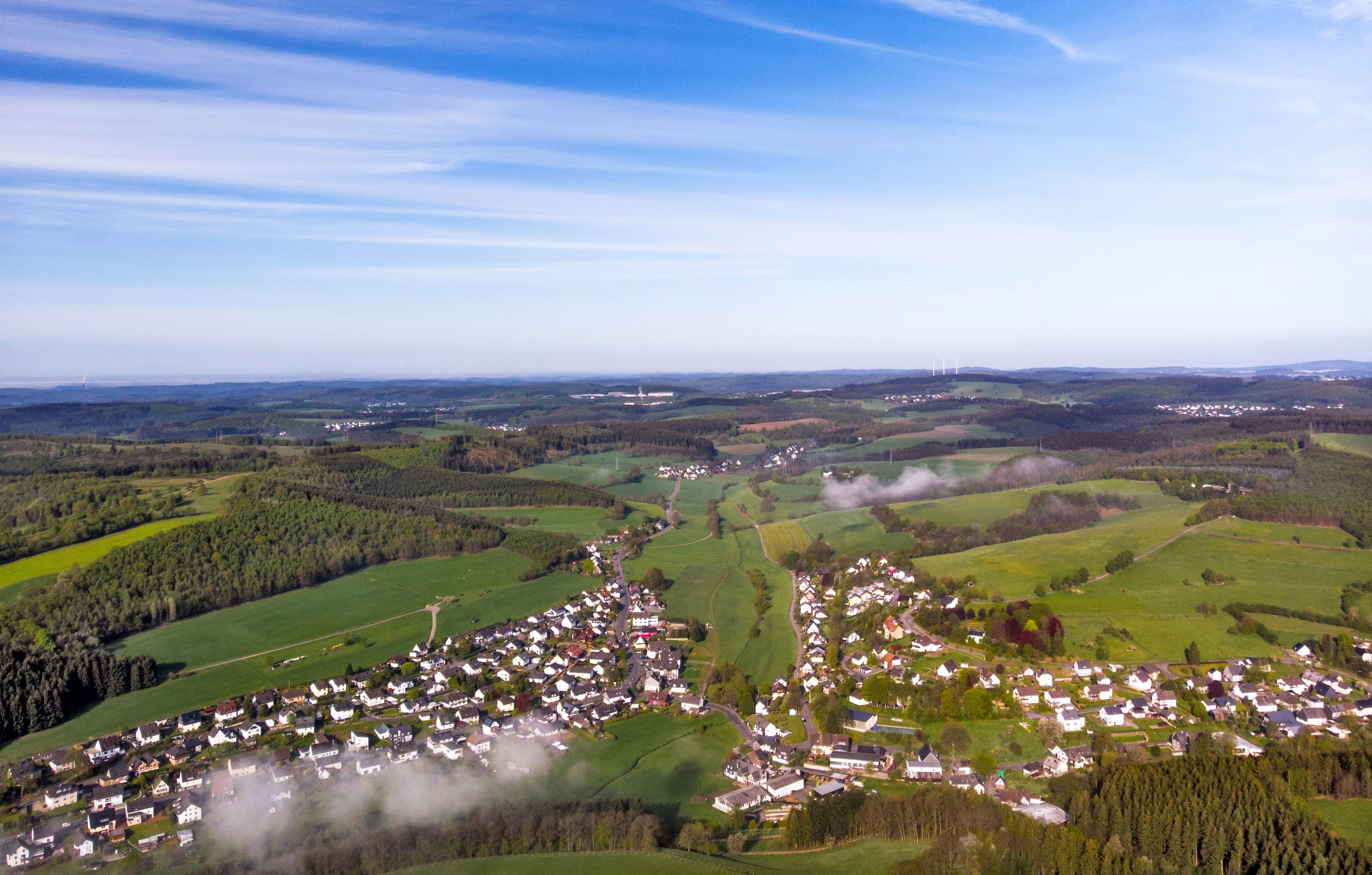Peri-urban

Your challenges
“Demand-Responsive Transport (DRT) complements existing networks, responding to mobility needs that are not covered. This solution represents an opportunity for the future of peri-urban public transport: greater flexibility for optimized costs.”
In France, peri-urban areas are the territories with the strongest demographic growth (1% per year observed over the last three decades). However, a significant portion of the peri-urban population lives too far from public transport services: in Île-de-France, 50% of the inhabitants of the region live more than one kilometer from a public transport stop.
The use of a private car then becomes essential.
Demand-Responsive Transport (DRT) is a flexible transport solution that meets various needs: going to the train station or a health center, moving to a workplace or an activity center, or even enjoying evening outings. A single service is flexible according to the zone, the day and the hour to adapt to each type of trip.

In Île-de-France, DRT was gradually integrated into the less well served peri-urban areas, and was then extended to 70% of the 3rd district. In 2025, IDFM manages 67 territories offering on-demand transport, with each of the conditions and parameters adapted to the area covered. This makes it the largest DRT service in the world.
This modularity of services allows to optimize costs In territories where fixed bus lines, which are more expensive than a DRT shuttle, often run empty.
The Padam Mobility solution allows mobility authorities to offer a relevant public transport service, adapted to the specificities of its peri-urban territory.
To go further
How did the paris region launch the world's most flexible and widest Demand-Responsive Transport?

To go further
How did the paris region launch the world's most flexible and widest Demand-Responsive Transport?










